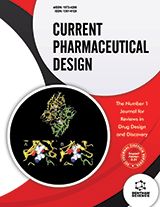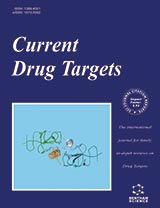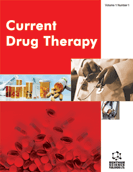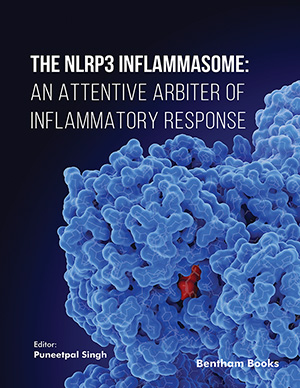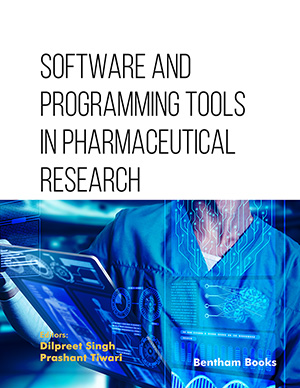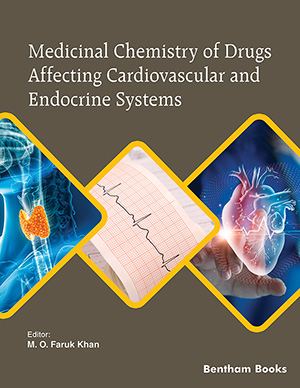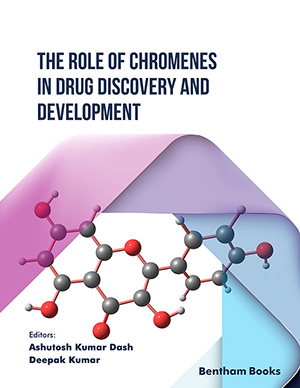Abstract
Peptide microarrays have become increasingly accessible in recent years and as a result, more widely applied. Beyond its initial utility in substrate profiling, researchers are adopting peptide microarrays for the comparative screening of many different classes of enzymes, proteins/ proteomes and even living cells. Understanding the basis of peptide interactions at these diverse levels provides an unprecedented window into dissecting the complex cellular circuitries and molecular architectures of living systems. The peptides on the arrays may serve to sense protein activity (like substrates) or act as small molecule ligands (for potential therapeutic leads) in profiling, detection or diagnostic applications. This review will chart the progress made in peptide microarrays, with a focus on the recent advances that could impact how the field will be shaped in the coming years. These developments, along with the diminishing costs of library synthesis and growing commercial support, recognize that peptide microarrays will no longer remain just a vital research tool, but also a platform that could now be harnessed for wider drug discovery and point-of-care applications.
Keywords: Microarray, peptides, high-throughput screening, combinatorial chemistry, chemical biology, proteomics, affinity profiling, protein fingerprinting
Current Pharmaceutical Design
Title: Peptide Microarrays: Next Generation Biochips for Detection, Diagnostics and High-Throughput Screening
Volume: 14 Issue: 24
Author(s): Mahesh Uttamchandani and Shao Q. Yao
Affiliation:
Keywords: Microarray, peptides, high-throughput screening, combinatorial chemistry, chemical biology, proteomics, affinity profiling, protein fingerprinting
Abstract: Peptide microarrays have become increasingly accessible in recent years and as a result, more widely applied. Beyond its initial utility in substrate profiling, researchers are adopting peptide microarrays for the comparative screening of many different classes of enzymes, proteins/ proteomes and even living cells. Understanding the basis of peptide interactions at these diverse levels provides an unprecedented window into dissecting the complex cellular circuitries and molecular architectures of living systems. The peptides on the arrays may serve to sense protein activity (like substrates) or act as small molecule ligands (for potential therapeutic leads) in profiling, detection or diagnostic applications. This review will chart the progress made in peptide microarrays, with a focus on the recent advances that could impact how the field will be shaped in the coming years. These developments, along with the diminishing costs of library synthesis and growing commercial support, recognize that peptide microarrays will no longer remain just a vital research tool, but also a platform that could now be harnessed for wider drug discovery and point-of-care applications.
Export Options
About this article
Cite this article as:
Uttamchandani Mahesh and Yao Q. Shao, Peptide Microarrays: Next Generation Biochips for Detection, Diagnostics and High-Throughput Screening, Current Pharmaceutical Design 2008; 14 (24) . https://dx.doi.org/10.2174/138161208785777450
| DOI https://dx.doi.org/10.2174/138161208785777450 |
Print ISSN 1381-6128 |
| Publisher Name Bentham Science Publisher |
Online ISSN 1873-4286 |
Call for Papers in Thematic Issues
"Tuberculosis Prevention, Diagnosis and Drug Discovery"
The Nobel Prize-winning discoveries of Mycobacterium tuberculosis and streptomycin have enabled an appropriate diagnosis and an effective treatment of tuberculosis (TB). Since then, many newer diagnosis methods and drugs have been saving millions of lives. Despite advances in the past, TB is still a leading cause of infectious disease mortality ...read more
Current Pharmaceutical challenges in the treatment and diagnosis of neurological dysfunctions
Neurological dysfunctions (MND, ALS, MS, PD, AD, HD, ALS, Autism, OCD etc..) present significant challenges in both diagnosis and treatment, often necessitating innovative approaches and therapeutic interventions. This thematic issue aims to explore the current pharmaceutical landscape surrounding neurological disorders, shedding light on the challenges faced by researchers, clinicians, and ...read more
Emerging and re-emerging diseases
Faced with a possible endemic situation of COVID-19, the world has experienced two important phenomena, the emergence of new infectious diseases and/or the resurgence of previously eradicated infectious diseases. Furthermore, the geographic distribution of such diseases has also undergone changes. This context, in turn, may have a strong relationship with ...read more
Melanoma and Non-Melanoma Skin Cancer Treatment: Standard of Care and Recent Advances
In this thematic issue, we aim to provide a standard of care of the diagnosis and treatment of melanoma and non-melanoma skin cancer. The editor will invite authors from different countries who will write review articles of melanoma and non-melanoma skin cancers. The Diagnosis, Staging, Surgical Treatment, Non-Surgical Treatment all ...read more
 16
16
- Author Guidelines
- Graphical Abstracts
- Fabricating and Stating False Information
- Research Misconduct
- Post Publication Discussions and Corrections
- Publishing Ethics and Rectitude
- Increase Visibility of Your Article
- Archiving Policies
- Peer Review Workflow
- Order Your Article Before Print
- Promote Your Article
- Manuscript Transfer Facility
- Editorial Policies
- Allegations from Whistleblowers
- Announcements
Related Articles
-
A Divide-and-Conquer Strategy for the Prediction of Protein Contact Map
Letters in Drug Design & Discovery Liposome-Nanogel Structures for Future Pharmaceutical Applications
Current Pharmaceutical Design 2-Amino/Azido/Hydrazino-5-alkoxy-5H-[1]benzopyrano[4,3-d]pyrimidines:Synthesis and Pharmacological Evaluation
Medicinal Chemistry Study of drug-drug combinations based on molecular descriptors and physicochemical properties
Combinatorial Chemistry & High Throughput Screening Computational Approaches Towards Kinases as Attractive Targets for Anticancer Drug Discovery and Development
Anti-Cancer Agents in Medicinal Chemistry Study of Binding Epitopes by STD-NMR Spectroscopy and Molecular Docking of Urease Inhibitors from Lichens
Letters in Drug Design & Discovery Fast-Dissolving Solid Dispersions for the Controlled Release of Poorly Watersoluble Drugs
Current Pharmaceutical Design Novel Microwell-Based Spectrophotometric Assay for the Determination of Rosuvastatin Calcium in its Pharmaceutical Formulations
Current Pharmaceutical Analysis Clinical-Grade Oncolytic Adenovirus Purification Using Polysorbate 20 as an Alternative for Cell Lysis
Current Gene Therapy Carbonyl-Scavenging Drugs & Protection Against Carbonyl Stress-Associated Cell Injury
Mini-Reviews in Medicinal Chemistry Review the Application of Chromatography in the Analysis of Nitric Oxide-derived Nitrite and Nitrate Ions in Biological Fluids
Current Analytical Chemistry Collaborative and Defensive Fibroblasts in Tumor Progression and Therapy Resistance
Current Medicinal Chemistry Modified Pulsincap of Ibuprofen - A Novel Approach for Chronotherapy
Current Drug Delivery Preparation and Evaluation of Lysozyme Molecularly Imprinted Polymer Film on the Surface of Multi-wall Carbon Nanotubes
Current Organic Chemistry Green Synthesis of Phosphoryl-2-Oxo-2H-Pyran via Three Component Reaction of Trialkyl Phosphites
Combinatorial Chemistry & High Throughput Screening Muscarinic Acetylcholine Receptor-Interacting Proteins (mAChRIPs): Targeting the Receptorsome
Current Drug Targets Phenolics Constituents of Different Types of Propolis and their Antimicrobial Activities
Anti-Infective Agents Microarray: An Approach for Current Drug Targets
Current Drug Metabolism A Comparative Study Between the Leaf and Flowers of Some Asteraceae Plants With Respect to Their Antioxidant Activity Compounds
Current Nutrition & Food Science Electrochemical MIP-Sensors for Drugs
Current Medicinal Chemistry


